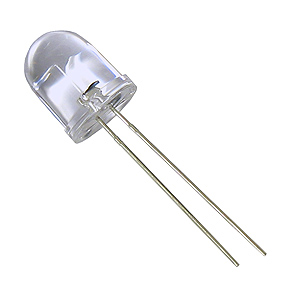Resister value calculation
/* Name : Main.c
* Purpose : Source code for LEDs Interfacing with ATMEGA16.
* Author : GEMICATES
* Date : 04-07-2017
* Website : www.gemicates.org
* Revision : None
*/
#include<avr/io.h> // Header File for ATMEGA16
#include<util/delay.h> // Include Delay Function
#define LEDS PORTA // To Set Port A as Output
#define L1 PB0 // To Set Port B pin 0 as Output
#define L2 PD7 // To Set Port D pin 7 as Output
#define SW PD0 // To Set Port D pin 0 as Input
// MAIN FUNCTION
void main()
{
DDRA =0xff; // Set the Data Direction Register A as Ouput
DDRB =0x01; // Set the Data Direction Register B Pin 0 as Ouput
DDRD =0x80; // Set the Data Direction Register D Pin 7 as Ouput & Pin 0 as Input
PORTD=0x01; // Enable the Pullup Resistor for Switch
while(1) // Infinite loop
{
LEDS=0x00; // Enable the PortA Pins
PORTB =~(1<<L1); // Enable the PortB Pin 0
_delay_ms(500); // Make Delay
LEDS=0xff; // Diable the PortA Pins
PORTB =(1<<L1); // Enable the PortB Pin 0
_delay_ms(500); // Make Delay
if (PIND == 1) // Check Switch Position
{
PORTD =(1<<L2); // If Switch is ON LED Connected to the pin PD7 will Enable
_delay_ms(500); // Make Delay
PORTD =0; // Disable the Pin PD7
_delay_ms(500); // Make Delay
}
}
}
